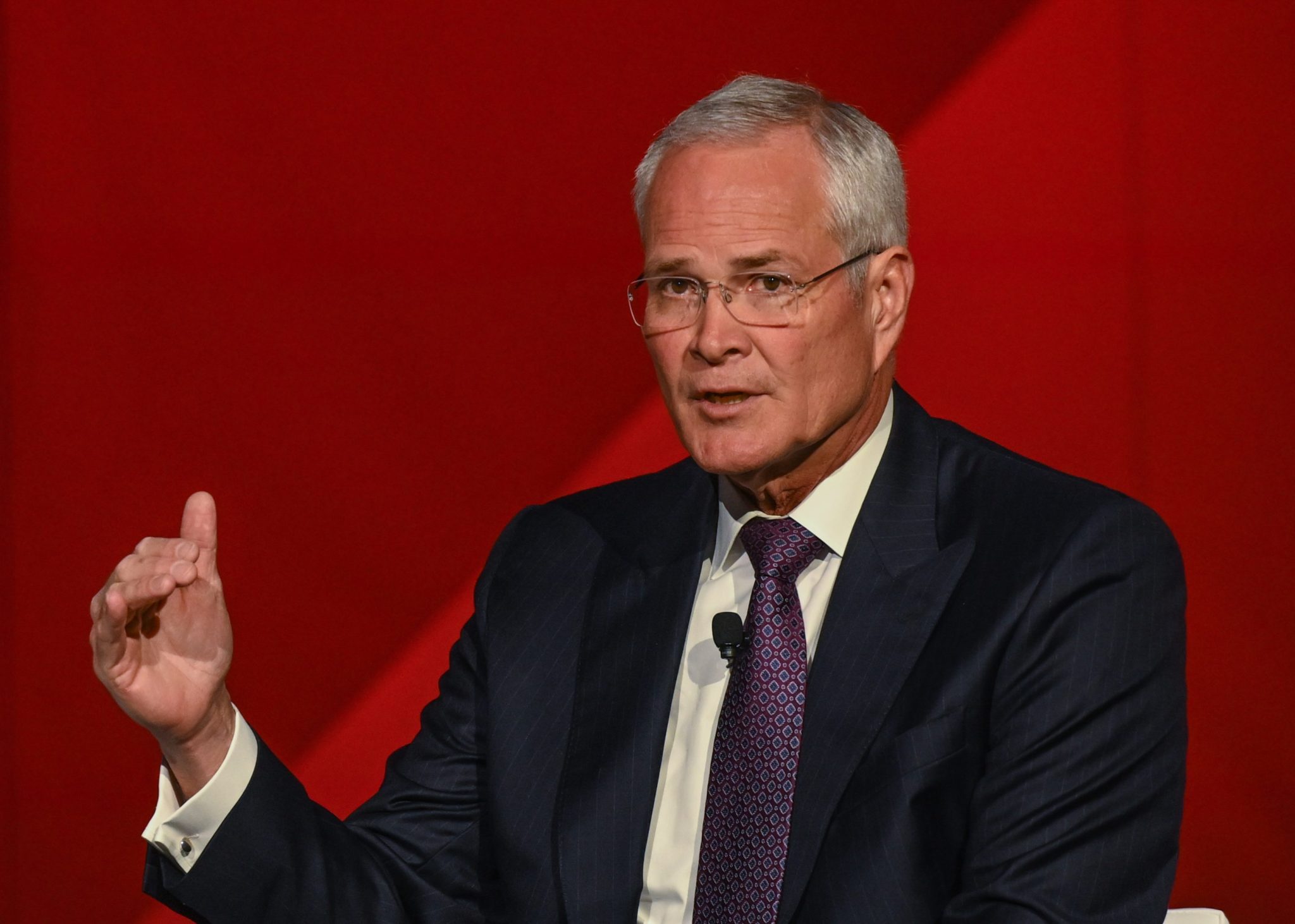
Big Oil leaders Exxon Mobil, Chevron, and Shell continue to hike their crude oil production volumes from West Texas’s Permian Basin to the Gulf of Mexico to deepwater Guyana despite concerns of a rising global oil glut as OPEC nations keep exporting more barrels each month.
The production increases threaten to further exacerbate a weaker oil price environment predicted to go lower heading into 2026 with the U.S. benchmark hovering near the $60-per-barrel threshold below which companies struggle to maintain profitability. But the biggest players have more scale to remain undeterred by lower commodity prices.
For the two largest American players, Exxon Mobil and Chevron, primary growth remains in the still-booming Permian where Exxon churned out a record high of 1.7 million barrels of oil equivalent per day in the third quarter, including natural gas volumes. Chevron is the only other company to exceed the seven-figure mark there, coming in at 1.06 million barrels daily.
“We set yet another production record,” said Exxon chairman and CEO Darren Woods during the third-quarter earnings call on Friday. “Our Permian production continues to grow well into the next decade. It clearly differentiates us from our competitors, who are talking about reduced investments, peak production, or a shift to harvest mode.”
Exxon’s global volumes grew from 4.63 million barrels of oil equivalent daily in the second quarter to 4.77 barrels a day in the third. Exxon even aims to hit 5.4 million barrels by 2030, driven mostly by the Permian and its pioneering offshore Guyana development.
Chevron’s biggest growth area was the Permian, too, without even trying. Chevron is actively cutting its Permian capital expenditure to save money and keep production there plateaued to 1 million barrels daily. But Chevron still gained almost 60,000 barrels daily from the second quarter.
“It really highlights the efficiency gains. The production is an outcome there,” said Chevron chairman and CEO Mike Wirth on his Friday earnings call. “We’ve been able to continue to deliver strong performance with fewer [drilling] rigs and fewer completions spreads. We expect to move into 2026 with good momentum.”
The strong momentum is expected to run into pricing headwinds as OPEC—led by Saudi Arabia—continues to unwind years of production cuts that kept pricing higher to regain market share and, in an unspoken added benefit, appease President Trump and his outspoken desire for lower prices at the pump.
“What we see at the moment is indeed headwinds on the supply-demand fundamentals going into 2026 and a highly credible scenario that there is an oversupply in 2026,” said Shell CEO Wael Sawan. “I think in the short to medium term, there are headwinds. Longer term, we continue to have strong conviction in crude prices going forward.”
Stubbornly high, world-leading, record U.S. oil production of more than 13.6 million barrels of oil per day isn’t helping. Prices fell, but U.S. volumes plateaued—and even increased a bit—rather than going down. That could change in the next calendar year with reduced well-drilling activities.
“We don’t whipsaw much on near-term commodity and market dynamics,” Wirth said of Chevron. “Smaller operators may not be in the same balance sheet position, and may have other financial constraints. They may operate differently.”
Return to exploration
Despite the strong volumes, the 20-year-old U.S. shale boom is maturing, and companies recognize onshore U.S. oilfields may not serve as their piggybanks for decades to come.
That is why, after years of contracted exploration spending to focus on American shale plays, Big Oil producers are beginning to dedicate more dollars to international offshore exploration again in South America, Africa, and other frontiers. That is especially true because U.S. shale wells tend to dry up more quickly after producing large oil volumes for a few years.
“With the [U.S. shale] depletion curve, the industry has to continue to think long term, invest, and find resources. That, I think, you’re now seeing play out,” Woods said of Exxon. “People see that resource and the horizon of it, and are shifting to the long-term, longer-cycle projects out there. We’ve never taken our eye off that.”
Wirth struck a similar tone for Chevron, arguing the world will still need plenty of oil and gas for decades to come.
“Over the last several years we constrained our exploration spending and narrowed our focus. We made some tradeoffs,” Wirth said. “We’ll move to a more balanced approach. There’s more emphasis on frontier exploration.”
He cited more exploration efforts in Suriname, Brazil, Angola, Nigeria, Namibia, and the Middle East. “You’ve got to do the work to see what you find.”
Despite the spending and weaker pricing, Big Oil is still highly profitable. Exxon reported a small quarterly beat, while Chevron and Shell had bigger beats on Wall Street expectations.
Exxon’s quarterly net income came in at $7.55 billion, down from $8.61 billion year over year, while Chevron net profit of $3.54 billion was down from $4.49 billion year over year, primarily because of lower commodity prices. Shell’s net income of $5.32 billion rose from $4.29 billion year over year, but its adjusted earnings dipped.







